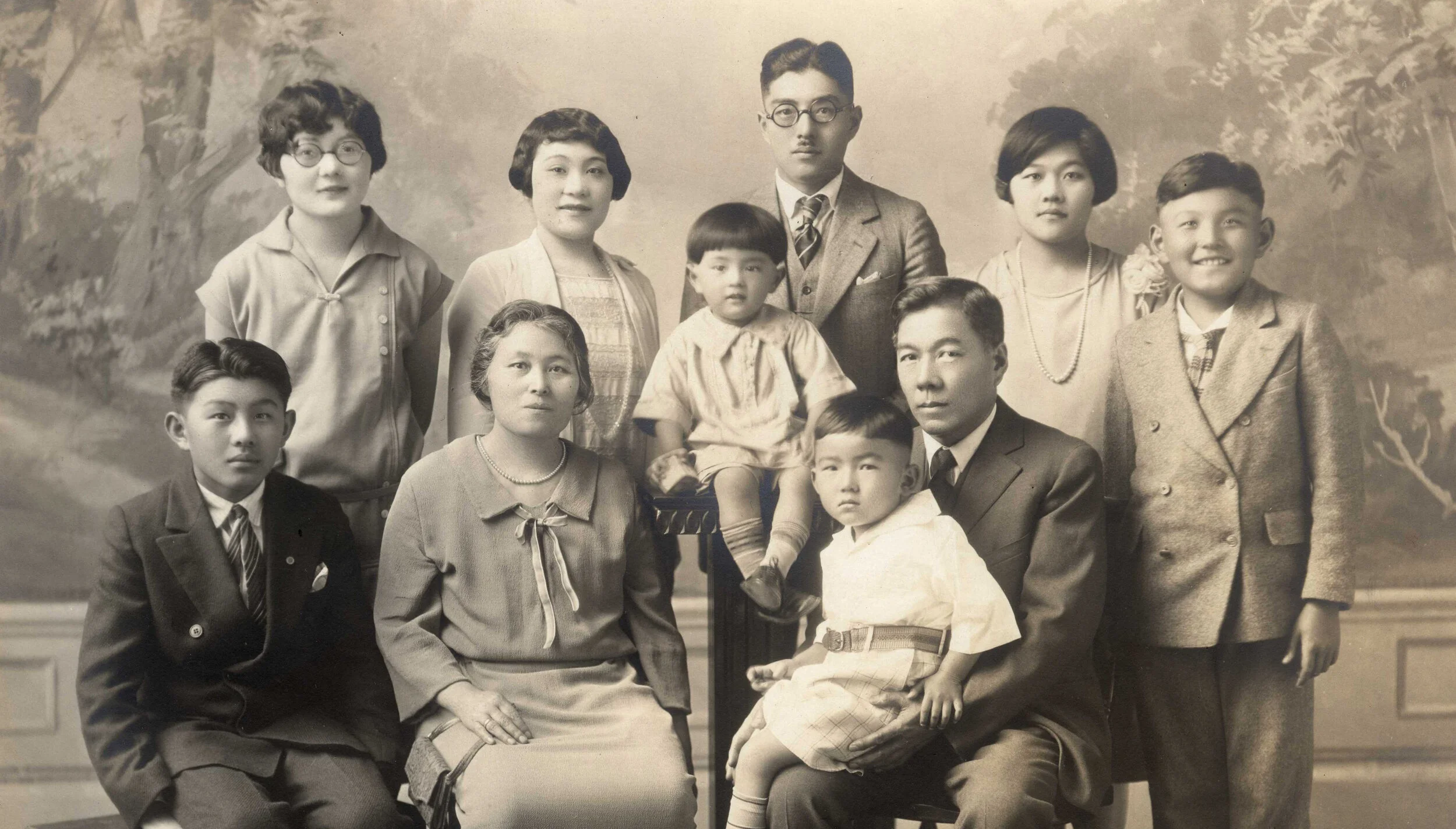
Mission
To raise funds to protect and conserve the National Historic Landmark Harada House, its structure, archive, collection, and legacy by sharing the Harada family’s story and its relevance to immigration, housing, civil rights, and social justice.
Vision
The National Historic Landmark Harada House is protected and recognized as a beacon for equality, equity, inclusion, and social justice; this Landmark represents society’s willingness to learn from our shared past.
Speakers
Speakers are available for your event. Contact us to learn more and to find out about the status of the Harada House project.
events
In collaboration with the Museum of Riverside, we support and participate in public programs relevant to Harada House.
interpretation
A fund for future on-site interpretation will support the Harada story, Japanese American history, civil rights dialogue, and other related education.
endowment
The Foundation seeks to establish an endowment for the long-term stewardship of Harada House.
“You can … throw me into the sea, and I will never sell.”
Jukichi harada

Civil Rights, Human Rights - the Harada Story
“I think we have the right to place our children in the right surroundings where they will not be sick.” —Jukichi Harada
Harada House is the physical embodiment of one family’s struggle for their civil and individual rights. Because of the family’s extraordinary triumph in this struggle, the house is a National Historic Landmark, the federal government’s highest recognition of historic significance.
Japanese immigrants Jukichi and Ken Harada purchased the house on Lemon Street in Riverside, California, in 1915 and deeded it in the names of their three American-born minor children. California law at the time prevented Asian immigrants from owning property.
The State of California criminally prosecuted Jukichi Harada over the purchase of the house. In 1918, Judge Hugh H. Craig of the Superior Court in Riverside ruled in favor of the Harada family.
The family faced another challenge to their acceptance in this country. Following the December 1941 bombing of Pearl Harbor and the issuance of Executive Order 9066, they were incarcerated at the Central Utah Relocation Center in Topaz, Utah. Jukichi and Ken Harada died in the camp’s hospital.
Three brothers served in the American Armed Forces during World War II, two as members of the 442nd Regimental Combat Team, a segregated unit composed almost entirely of Japanese Americans, which became the most decorated military unit in the history of the United States.
Because many Japanese immigrants and Japanese Americans lost their properties during the evacuation and incarceration, many had no homes to return to when released from the camps. Daughter Sumi Harada accommodated many of these returnees in Harada House in the immediate post-war period. Sumi remained in the house until shortly before her death in May 2000. After Sumi died, the Harada family heirs donated the house to the City of Riverside to ensure that the story be told and that their struggle for justice never be forgotten.
Harada House remains a City of Riverside property, stewarded by the Museum of Riverside, a department of the City of Riverside.
The definitive publication on the Harada family story is Mark Rawitsch’s The House on Lemon Street: Japanese Pioneers and the American Dream. It can be purchased here.
Ready to help?
Volunteer

